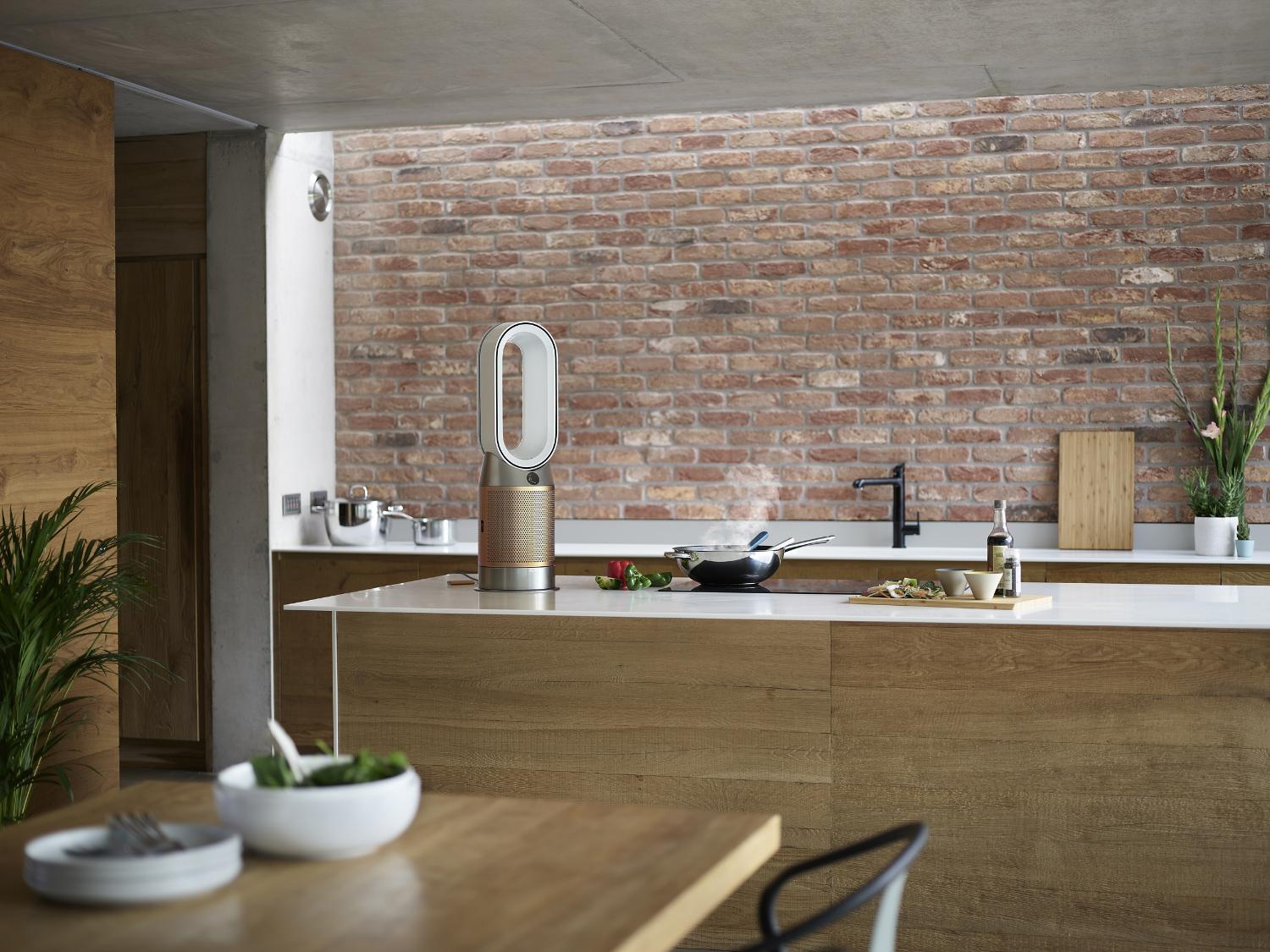-


How does air quality change throughout the year?
Understanding seasonal air quality nuances can help us to identify ways to reduce exposure to air pollution in our daily lives.
Since the start of the pandemic, air quality has become even more of a focus to people around the world. Coupled to this heightened awareness, we saw bushfires in Australia and California impact the quality of the air we breathe.
But while we’re aware of the environmental changes in our lifetime, we may not be so conscious of how air quality adapts with the seasons. This is impacted by factors, which can include increased use of pollution sources like vehicles as we adapt our routines, seasonal pollution events like increased pollen counts in certain months and changes to air temperature and humidity as we move into different seasons.
-
Air Quality in Spring
Invisible pollen particles, from trees and grass, can travel for miles- sticking to clothing and hair and triggering allergies. In certain regions, fine sand or dry soil particles are blown up through the sky by spring winds and spread through the atmosphere before falling to the ground.
Air Quality in Summer
Summer is prime time for home renovations and, as a result, the colourless gas, formaldehyde, can be released from some forms of furniture, insulating materials, paints, and varnishes. Applying personal care products, such as insect spray, can cause VOC levels to spike, while BBQ can give rise to Nitrogen Dioxide (NO2) and particulate matter like PM2.5. In addition, some air conditioners remove humidity from the air as a natural by-product of cooling, impacting comfort within the home.
Air Quality in Autumn
Cold weather and short days prompt us to spend more of our time indoors. Modern homes are well-sealed so indoor pollutants from activities like cooking and cleaning can build up indoors. Autumn also gives rise to the ragweed plant, which can produce up to 1 billion pollen grains, attaching easily to things like hair, shoes and clothing and potentially triggering seasonal allergies.
Air Quality in Winter
Cold air can get trapped beneath warm air in colder months, in a process called temperature inversion. The warm air above the cooler air acts like a lid, suppressing vertical air mixing which means that emitted pollutants can get trapped near the ground, encouraging poor air quality. Lighting fires and candles indoors, festive cooking and opting to take your car rather than walk due to the colder weather may also heighten exposure levels as these are all sources of pollution. Central heating and cold air can lower the amount of moisture in the air, reducing humidity levels and impacting comfort and wellbeing indoors.
What can I do to improve my personal air quality exposure?
Fortunately, there are a number of ways to help improve your personal air quality exposure. Reducing pollution sources - such as aerosol sprays and candles- within your home is a good start, as well as adapting your routines to include fewer polluting activities. This could be by taking fewer busy roads on your daily work commute or finding alternatives to more polluting cooking methods like frying. Using a purifier humidifier is another method to control your indoor air quality. Dyson’s latest machine offers full-machine HEPA filtration- ensuring that what goes inside, stays inside- and formaldehyde sensing as well as hygienic humidification and cooling airflow, maintaining air quality within your home all year round.

Press contacts
-
Jordan King
-


